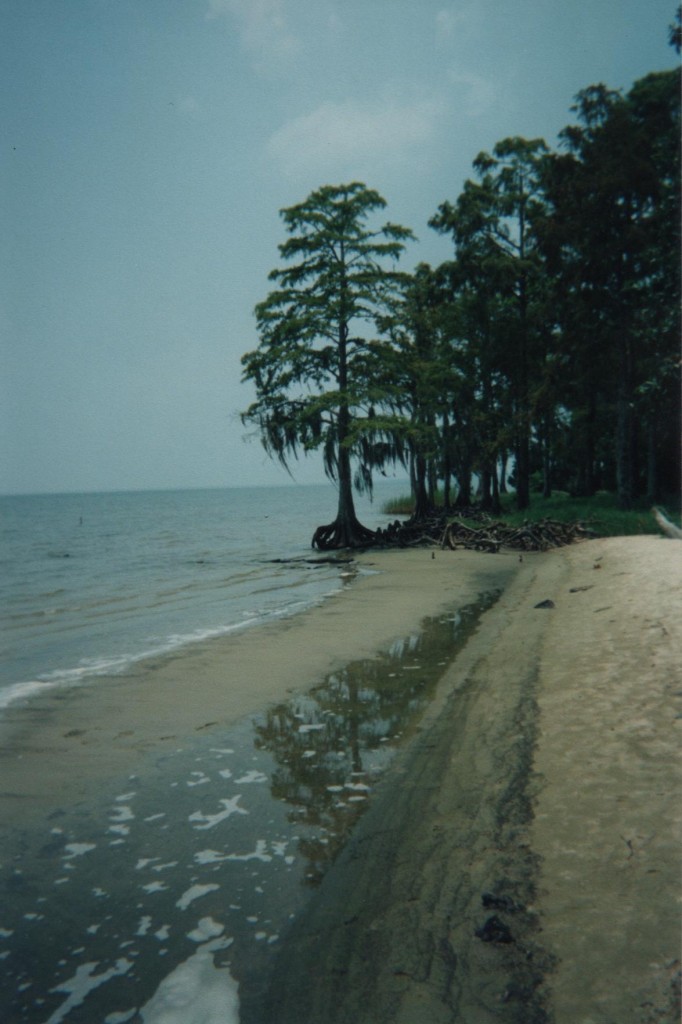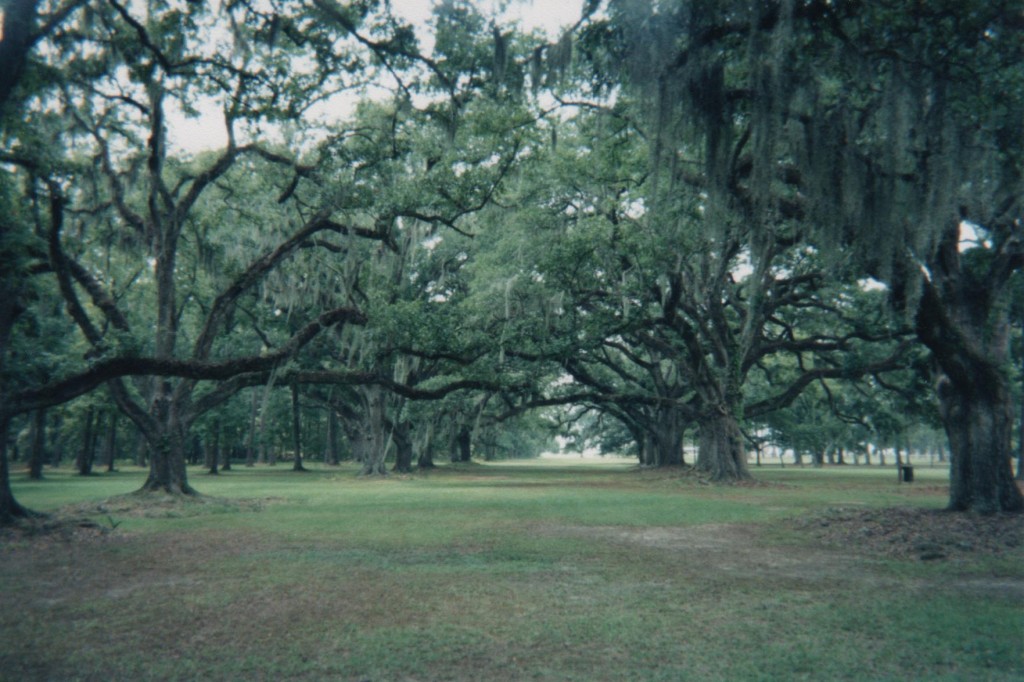 Down in Louisiana, New Orleans gets all the attention. Given the food, music, and — ahem — laizze faire attitude of the city, that’s completely understandable. It’s easy to miss, however, that a beautiful country lies just outside the city. Part of why we miss it is because the area is hard to reach. Swampy, infested with alligators. Or crocodiles. What really is the difference? Anyway, it’s a hard place to explore, made only somewhat easier by the bridge that goes across Lake Pontchatrain. Some of the kids at Brigadude lived on the far side of the bridge from New Orleans. Their parents figured alligators (or crocodiles) were better company than the French Quarter.
Down in Louisiana, New Orleans gets all the attention. Given the food, music, and — ahem — laizze faire attitude of the city, that’s completely understandable. It’s easy to miss, however, that a beautiful country lies just outside the city. Part of why we miss it is because the area is hard to reach. Swampy, infested with alligators. Or crocodiles. What really is the difference? Anyway, it’s a hard place to explore, made only somewhat easier by the bridge that goes across Lake Pontchatrain. Some of the kids at Brigadude lived on the far side of the bridge from New Orleans. Their parents figured alligators (or crocodiles) were better company than the French Quarter.

Bernard de Marigny de Mandeville must have had kids too, or else he was just sick of New Orleans when he came across the lake in 1829. It was considerably harder for him, given that there was no bridge or really a whole lot of locomotion on the lake. He was getting the hell out anyway. Going up the country, Mandeville built an estate with a driveway lined by live oaks. His plantation was surrounded by water on three sides, and he planned it to be as grand as the noble estates of France. He called his new home Fontainebleau. He called the town that sprung up nearby Mandeville, because that’s how he rolled. So, once you go out into the woods and get all the marrow of life sucked out, what do you do next? Maybe someone’s father pulled him aside at a pool party and whispered that one word, “sugar.”
Long before tariff protection made it super lucrative, Mandeville established a sugar plantation. The major sugar production at that time was going down in the Caribbean. The people who worked on those plantations recorded a pretty horrific life. Mortality rates were significantly higher for slaves in the cane breaks than in the cotton fields. I don’t know for sure, but I would be willing to bet that the slaves on Mandeville’s plantation were treated more like other slaves on the continent than like slaves in the islands. Which may be a fine point of distinction given that they were all, well, slaves. But if the spirit of a place counts for anything, the people who lived and worked here are now at peace.
It’s easy to see what a refugee from the city would find appealing about life at Fontainbleau. Under the cool shade of the Cypress and Live Oak trees, a breeze blows up off of Lake Pontchartrain. Although you can’t see it, New Orleans radiates its energy across the water. There is mystery and romance, but not so much of either to disrupt the calm ebb and flow of life. Just up the road in Covington, Walker Percy used to walk to the Post Office and back home in between writing paragraphs. The place he and Mandeville made their homes was not forgotten by time. Time never knew it in the first place.
